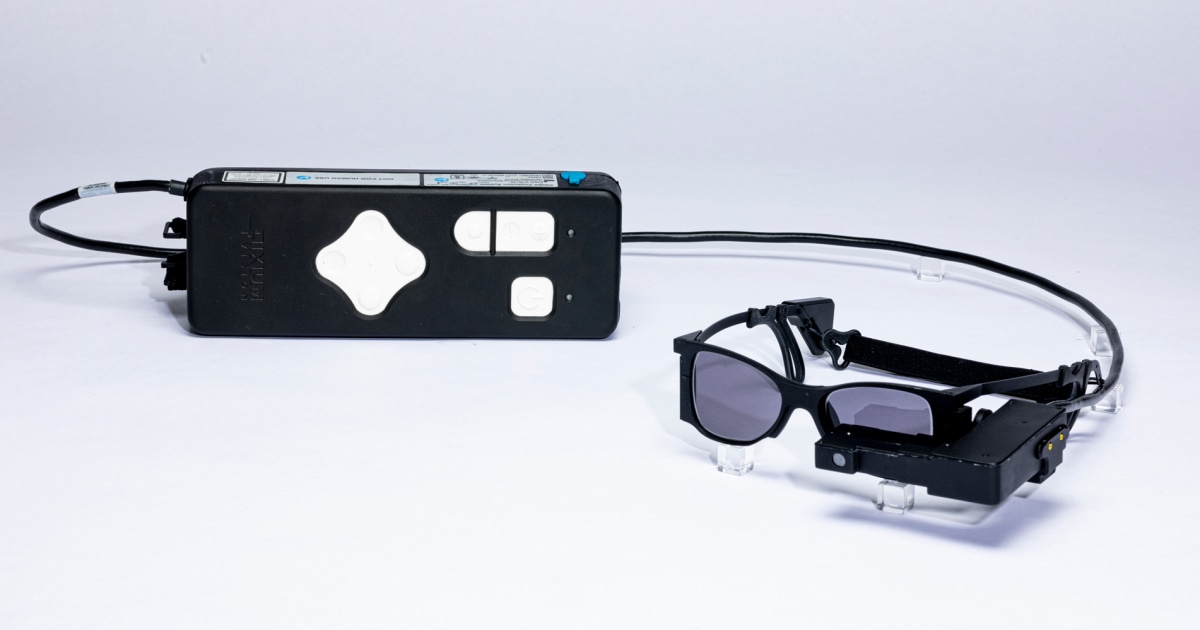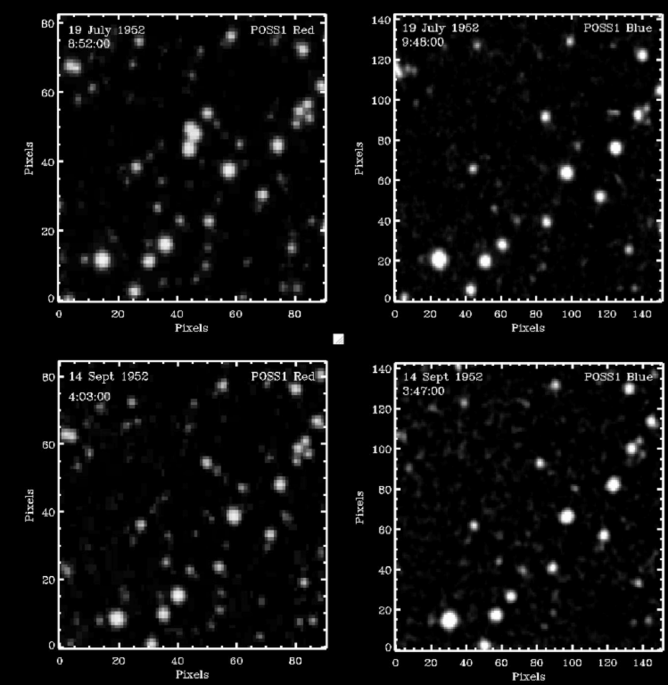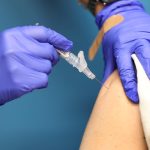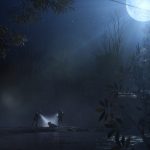This study provided a preliminary test of hypothesized associations between short-lived star-like transients identified in POSS-I sky survey images from 1949 and 1957 and both nuclear weapons testing and reports of UAP sightings. The study premise was that identifying contemporaneous correlates of transients might help elucidate their nature and origin, which currently is unknown. Our results revealed several intriguing statistical associations.
First, although not the primary study focus, we observed a small but statistically-significant association between nuclear weapons testing and increased UAP sightings. Significantly more UAP sightings were reported within nuclear weapons testing windows (test date + /- 1 day) than outside of testing windows. To our knowledge, this statistical association has not previously been reported in the peer-reviewed literature, although it is consistent with anecdotal reports of such associations7.
Next, in tests of our primary hypotheses, we found that both dichotomous occurrence of transients and the total number of transients observed on a given date were associated with nuclear testing beyond chance. Transients were 45% more likely to be observed on dates that were within a nuclear test window than on dates not in a nuclear test window. More granular examination of the temporal sequencing of these associations revealed that the strongest (and only significant) association was between nuclear testing and increased likelihood of a transient occurring one day after that test.
We also note an intriguing incidental finding regarding possible nuclear testing-transient links. The last date on which a transient was observed within a nuclear testing window in this dataset was March 17, 1956, despite there being an additional 38 above-ground nuclear tests in the subsequent 13 months of the study period. A prior study of associations between UAP reports and nuclear weapons-related production and assembly sites (excluding nuclear weapons tests) concluded that elevated UAP activity at such sites began in 1948, increased dramatically and continued through 1952, but then precipitously decreased in 1953 and remained low through 1975 (end of their study period)10. This sudden and sustained decrease in UAP reports at nuclear production facilities in 1953 occurred despite major new nuclear weapons production and assembly facilities coming online during that time (e.g., the Savannah River and Pantex sites)10. Taken together, the period between 1953 and 1956 seems to mark a shift in a multiyear pattern of apparent UAP-nuclear associations. While the meaning of these parallel decreases in UAP activity at both nuclear weapons production and testing locations in the mid-1950s is unclear, they may represent convergent evidence for the validity of associations between UAP and nuclear weapons-related activity.
Finally, our hypothesis of associations between transients and UAP reports was also supported. We detected a very small positive correlation, which was well beyond chance, between the number of transients observed and the number of UAP reported on a given date (Spearman’s rho = 0.14). This association was observed when analyses were restricted to dates on which at least one transient occurred, an analysis mitigating the potentially significant bias resulting from the large proportion of dates (88.5%) on which no transients were observed. This finding supports our hypothesis of potentially meaningful associations between transients and UAP reports. Other analyses examining the full sample indicated that for every additional UAP reported on a given date, there was an 8.5% increase in number of transients observed on that date. Overall, findings of this study support our speculative hypotheses that transients exhibit some degree of association with both nuclear testing and reports of UAP. Our results further suggest these associations are additive, with the largest number of transients seen for dates within a nuclear testing window on which at least one UAP was reported.
Our findings do not definitively indicate what transients are nor do they necessarily imply causal associations. However, our results do argue against several prosaic explanations for transients. Our overall pattern of results is clearly not consistent with the proposition that most transients are due to contamination or defects in photographic plates or scanned images, or to any other local confounds at the observatory itself. Contamination of photographic plates by nuclear fallout produces diffuse fogged spots quite different in appearance than the discrete star-like brightness profiles with point spread functions characteristic of transients3,9. These explanations would also not account for the association of transients with UAP reports from multiple locations distant from the observatory. Associations between transients and both UAP and nuclear testing reported in this study also cannot be plausibly attributed to any form of observer bias, as the existence of transients was unknown at the time they occurred and the dates/times of nuclear tests were generally unknown to the individuals who were reporting the UAP. Finally, the fact that transients were most likely to occur one day after a nuclear test (rather than the day of the test) argues against bomb debris ejected into the atmosphere as a plausible explanation.
Regarding what transients might be, our findings point toward two hypotheses that could account for associations of transients with both nuclear testing and UAP reports. The first involves an unexpected and previously undocumented atmospheric phenomenon triggered by nuclear detonations or related to nuclear fallout that may serve as a stimulus for some UAP reports and appear as transients on astronomical images. While the latter is potentially plausible, effects in the atmosphere (rather than geosynchronous orbit) would be likely to result in a streak on the image over the 50 min exposure, yet all transients appear as distinct point sources rather than streaks. Moreover, this hypothesis is made even more unlikely given that transients were most often observed one day after a nuclear test; such atmospheric phenomena would have to be sustained and remain localized in one location for approximately 24 h to account for the visual appearance of transients. The second hypothesis is more speculative, drawing on a well-known strand of UAP lore suggesting that nuclear weapons may attract UAP7,8. While this alleged connection has been claimed for decades based on anecdotal evidence, it has until now lacked any systematic supporting data. Within this latter hypothesis, our results could be viewed as indicating that transients are artificial, reflective objects either in high-altitude orbits around Earth13 or at high altitudes within the atmosphere. Whether and how this hypothesis might be further tested remains to be determined. Regardless of what transients are ultimately determined to be, our results add to growing evidence supporting the interpretation of transients as real observations1,3,13 rather than as emulsion defects.
The small magnitude of the significant associations reported must be addressed. Detection of these small effects was enabled by the high statistical power resulting from the large sample size available. Several factors may have contributed to the small magnitude of the associations observed. These associations may have been limited in part by noise in the transient data. Automated methods were applied to identification of the > 100,000 transients comprising the data examined in this study. While a small subset of these have been subjected to manual confirmation, application of more sophisticated systematic validation methods employing artificial intelligence might reduce any misidentifications of transients and result in a higher signal to noise ratio, thereby increasing the magnitude of associations like those reported here. There is also undoubtedly substantial noise in the UAP data examined that could have minimized the size of observed associations. Witness reports are affected by various types of errors14,15,16 and reports in the UFOCAT database that provided UAP data for the current work have not been evaluated for validity in any systematic way. Additionally, the magnitude of the associations between transients and both nuclear tests and UAP might have been limited by the fact that the Palomar Observatory from which transients were observed only provides observations from a single geographic point, whereas nuclear weapons tests and UAP reports can occur worldwide. Finally, transients may be heterogeneous in nature and derived from multiple causes, limiting the magnitude of their association with any single correlate.
In conclusion, data obtained prior to launch of the first artificial satellite in 1957 reveal small but statistically-significant associations between short-lived star-like transients and both above-ground nuclear weapons testing and UAP sightings. Our findings provide additional empirical support for the validity of the UAP phenomenon and its potential connection to nuclear weapons activity, contributing data beyond eyewitness reports. The possibility that some transients may represent UAP events in orbit captured on photographic plates prior to the launch of the first artificial satellite cannot be ruled out. This study adds to the small peer-reviewed literature seeking to apply systematic scientific methods to the study of UAP-related data8,10,17,18,19,20. The ultimate importance of the associations reported in the current work for enhancing understanding of transients and UAP remains to be determined.
First Appeared on
Source link













